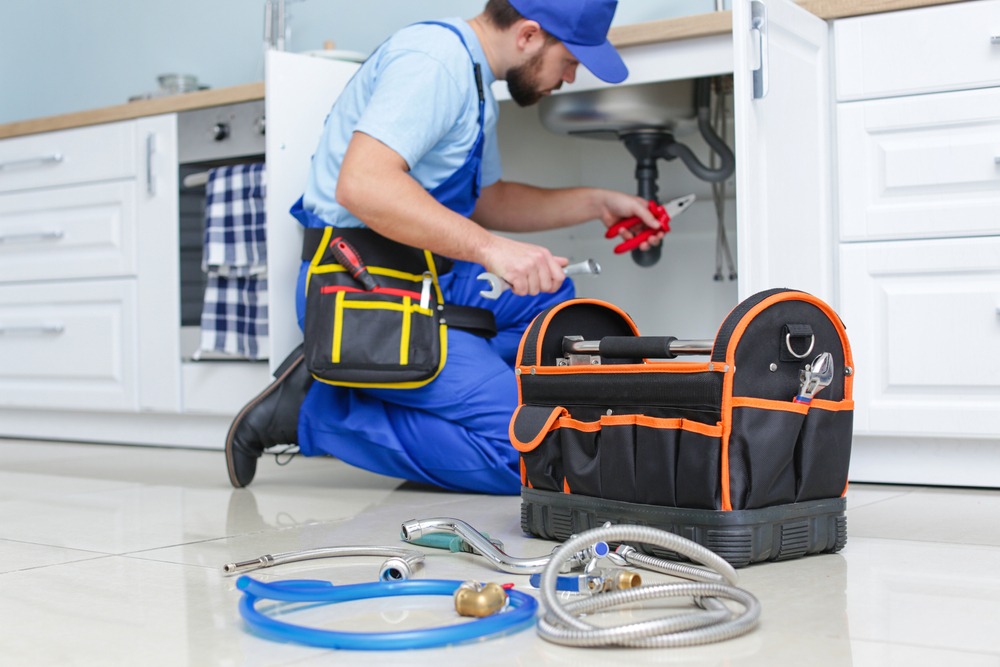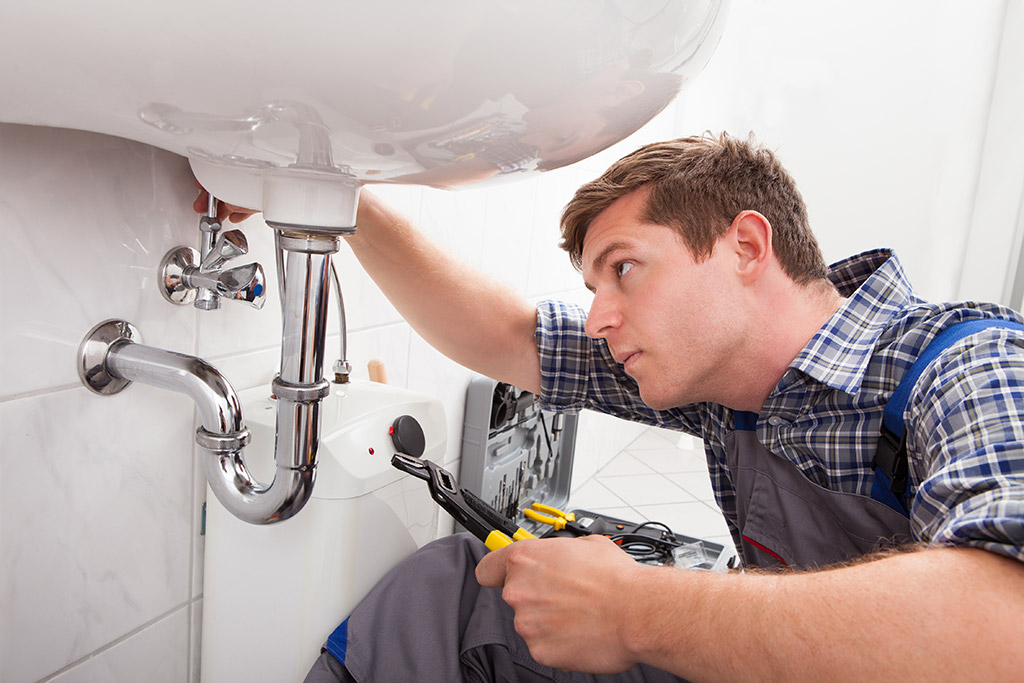A Step-by-Step Guide to Effective Hot Water Heater Setup for Ideal Efficiency
Beginning on the job of installing a water heating unit is a venture that demands accuracy and an organized strategy for achieving optimum efficiency. As you proceed, the ins and outs of linking water supply lines and establishing up trusted electric or gas connections wait for, appealing insights right into making certain performance and integrity.
Picking the Right Water Heater

Next, take into consideration the size and capability of the water heater. It's vital to assess your house's hot water needs, which can vary based on the number of residents and their use patterns. A system that's as well tiny might lead to insufficient warm water, while an oversized model might cause unneeded energy intake.
Efficiency scores likewise play a crucial duty in selection. Look for hot water heater with high Power Element (EF) scores, indicating superior performance and minimized power use. Tankless versions, though normally a lot more costly upfront, deal considerable power financial savings over time because of their on-demand heating capabilities.
Preparing the Installment Area
Prior to mounting a new water heating system, careful prep work of the setup area is crucial. It's crucial to determine the area meticulously to suit the water heater's dimensions, guaranteeing ample clearance around the unit for efficient operation and maintenance.
Following, eliminate any type of particles, dust, or obstructions from the website to develop a tidy environment. Check the floor for stability, as the water heating unit will certainly need a strong, level surface area to run effectively. If required, mount a drip frying pan underneath the device to catch possible leaks or spills, preventing water damages to the surrounding area. In regions susceptible to seismic task, take into consideration installing seismic straps to protect the heating unit securely in position.
Additionally, make certain that all required devices and products are on hand prior to commencing the setup. This consists of products such as wrenches, screwdrivers, a degree, and any kind of extra equipment needed for safeguarding the heater and placing. A well-prepared installation area establishes the foundation for a successful hot water heater arrangement, enhancing efficiency and security.
Connecting Water Lines
When connecting supply of water lines to your recently set up water heating system, it is critical to ensure that all links are protected and leak-free to keep efficient procedure and prevent water damage. Begin by identifying the cool and hot supply of water lines. The cool water inlet is generally noted with a blue tag or a "C", while the warm water outlet is marked with a red label or an "H".
Usage adaptable hot water heater adapters to help with a Your Domain Name less complicated installation process. These connectors can take in vibration and enable small activity, decreasing the threat of leaks. Prior to affixing the ports, position a plumbing professional's tape around the threaded ends of the hot water heater's inlet and electrical outlet pipes - Plumbing Alabaster AL. This tape functions as a sealer, avoiding leakages. Meticulously connect the versatile tubes to the respective inlet and outlet, guaranteeing that they are not over-tightened but limited, which might damage the strings.
As soon as links remain in area, gradually activate the main water system shutoff. Check each link for leakages by aesthetically really feeling and examining for dampness. Tighten up links as essential, and ensure the pressure safety valve is appropriately installed, safeguarding against excessive pressure build-up.
Establishing Electrical or Gas Connections
Appropriately setting up the electric or gas connections for your water heater is a critical step to ensure secure and efficient operation. For electrical water heaters, start by verifying that the electric circuit is compatible with the heating system's voltage and amperage demands.
For gas water heaters, security is extremely important. Connect the gas line to the water heating unit making use of a flexible gas port, guaranteeing it is properly threaded and sealed with pipe joint substance or Teflon tape ideal for gas connections.
Once connections are made, check for any potential leaks. For gas lines, use a soapy water remedy to the joints; bubbles indicate a leak. For electrical connections, verify that all circuitry is secure and correctly protected, preserving conformity with neighborhood electric codes.
Adjusting and evaluating for Effectiveness
With the electric and gas links firmly in position, the following action is evaluating the operational efficiency of your water heating unit. Begin by very carefully activating the water system and making certain there are no leakages at any one of the shutoffs or joints. Once confirmed, continue to load the tank, taking note of the stress and temperature level settings. It is a good idea to set the thermostat to a suggested temperature of around 120 ° F(49 ° C) to balance energy performance and convenience.
Next, carry out an extensive evaluation to ensure the burner or gas burners are functioning appropriately. For electric heaters, make use of a multimeter to confirm if the elements are attracting the proper current. In gas versions, observe the burner flame; it needs to be blue and constant, indicating effective combustion.
Readjust the settings as necessary to remove inefficiencies. Take into consideration executing insulation actions, such as adding read here a hot water heater covering, to further improve performance by lessening heat loss. Furthermore, check the anode pole's condition, as a worn-out rod can minimize efficiency and cause tank rust.
Verdict
Effective water heating system installation is vital for guaranteeing ideal efficiency and energy cost savings. By picking the suitable kind and dimension, and meticulously preparing the setup location, a structure for success view publisher site is established. Safely linking water supply lines and thoroughly establishing electric or gas links reduce prospective concerns. Thorough testing for leakages and precise thermostat modifications to 120 ° F improve integrity and performance. Abiding by these steps promotes long-lasting performance and power preservation in household water heating unit.

Correctly establishing up the electric or gas links for your water heating system is an essential step to make sure reliable and secure procedure. For electrical water heating systems, start by validating that the electric circuit is suitable with the heating system's voltage and amperage needs. Attach the gas line to the water heater using a flexible gas connector, guaranteeing it is properly threaded and secured with pipeline joint substance or Teflon tape ideal for gas links.